Looking for a way to recycle and use all of those coffee grounds coming from your coffee maker this winter?
When it comes to recharging soil and helping plants grow better, it’s hard to beat the value coffee grounds have – especially when you consider they are a free byproduct from simply making a delicious cup or pot of coffee!
Coffee grounds contain all kinds of nutrients. All of which are extremely beneficial to both soil and plants. In addition to its nutrients, coffee grounds also are wonderful for absorbing moisture – and when grounds are mixed into soil, that can help make more moisture available for the roots of plants to absorb.
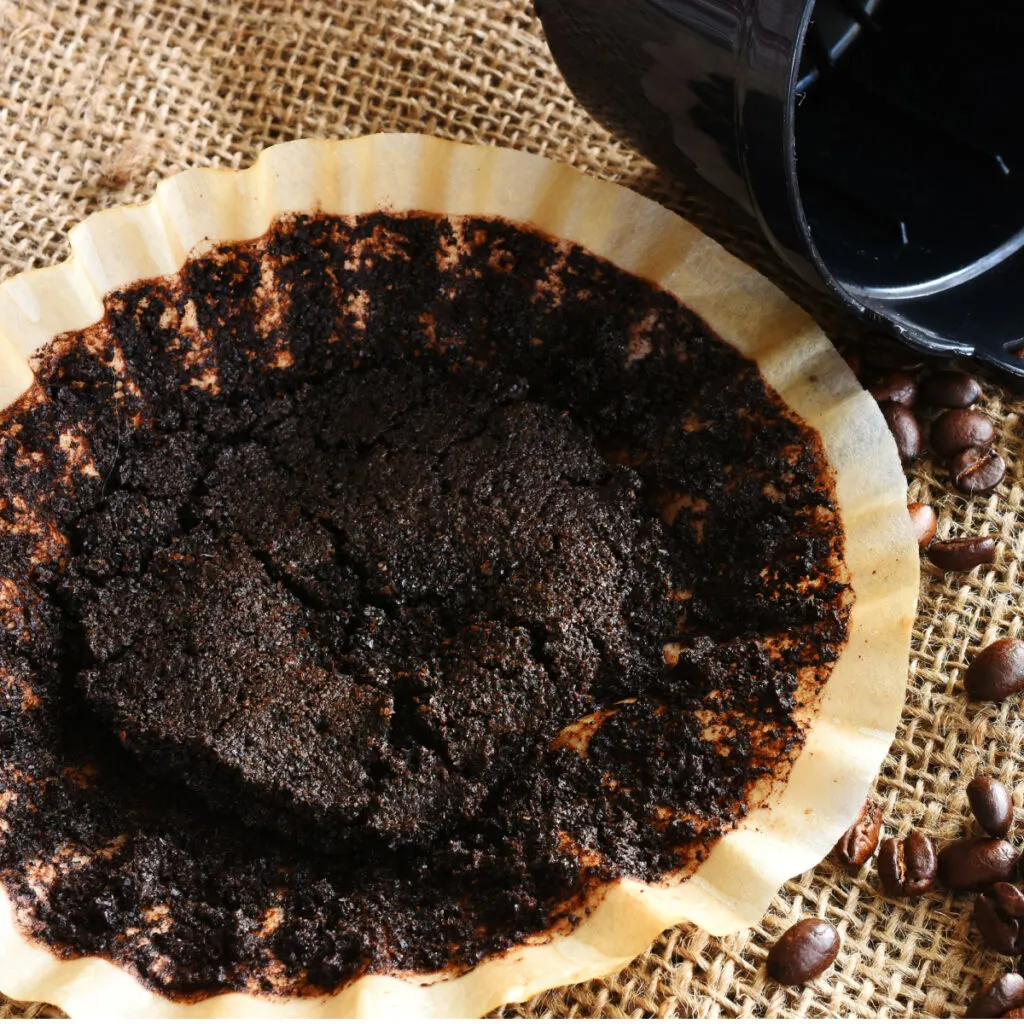
When freshly ground, coffee is far too acidic and powerful to use on and around plants. But once coffee is brewed, the acid and potency are removed. And at that point – all that remains are the rich grounds that contain nitrogen, phosphorous, potassium and a host of other trace elements that can power plants perfectly.
Using Coffee Outdoors…
In the spring, summer and fall, many gardeners routinely use coffee grounds to energize the plants growing in their vegetable and flower gardens. In addition, many use grounds to help fertilize hanging baskets and planters. And if they have extra, they throw them in their compost pile to help power it as well.
But in the dead of winter, all of those “outside” uses aren’t always practical. Especially if your compost pile happens to freeze over or is under a few feet of snow. Unfortunately, because of that, all too often, those amazing grounds find their way to the trash basket away once winter arrives.
But here’s some good news – there are actually some amazing ways to still use and recycle those spent grounds. Even as the snow flies outside! With that in mind – here is a look at 4 simple and easy ways to have coffee grounds help you all winter long.
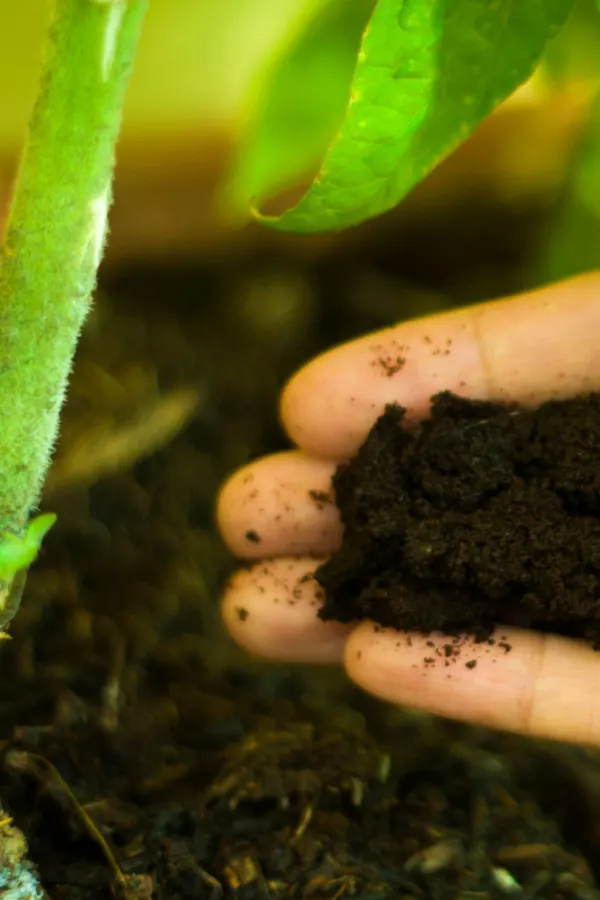
4 Great Ways To Recycle Coffee Grounds In The Winter
#1 – Fertilizing Houseplants
Coffee grounds can bring the same energy and power to a wide range of indoor houseplants – in just the same fashion that they do for outdoor plants in the summer.
Spent coffee grounds are perfect for fertilizing some of the most beloved and common houseplants gardeners grow. Pothos, spider plants, Thanksgiving and Christmas cacti, snake plant, philodendrons and even African violets can all be fertilized using spent grounds. And it couldn’t be easier to do!
Making A Fertilizing Tea From Coffee Grounds
The easiest way to use the old grounds is to make a weak fertilizing tea – and then simply water your plants with it once every 10 to 14 days. To make, let 1/4 cup of spent grounds soak in 1 gallon of water for a day or two. Strain away the grounds and water away!
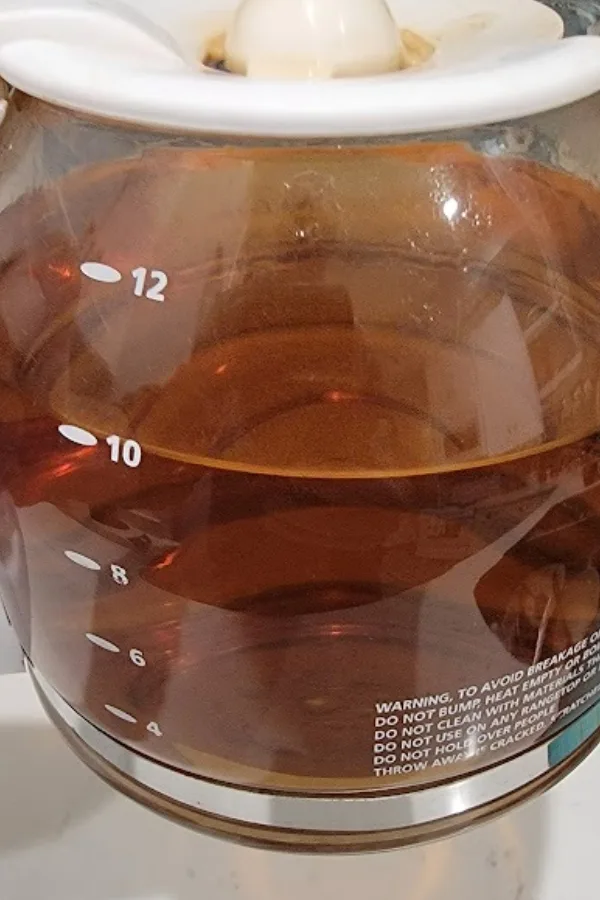
You can also run another pot of water through your coffee maker after making your morning coffee. Once the pot cools, the weak coffee leftover is perfect for watering and fertilizing your plants.
You can also use the old grounds in the soil of your houseplants. A teaspoon of coffee grounds mixed into the first inch or so of the soil in your pots will provide a slow release source of nutrients to your plants every time you water. For best results with this method, feed your plants monthly.
When using grounds in the potting soil, one thing you don’t want to do is to just dump the grounds on top of the potted plants. Coffee grounds actually absorb a lot of water – and hold it in. This is great when small amounts are mixed into the potting soil. But on top, it can hold moisture to the stems, causing them to rot.
Just as when using outdoors, it’s important to remember that coffee grounds and coffee fertilizing tea are not great for all plants. For instance, if you happen to grow rosemary or lavender indoors, spare the coffee!

#2 Kitchen Deodorizer – 4 Great Ways To Recycle Coffee Grounds In The Winter
Believe it or not, spent coffee grounds are amazing at absorbing odors. They actually make a great substitute for baking soda in refrigerators to absorb smells and moisture.
To use, allow the grounds to dry out first. Next, place the dry grounds in an open bowl or plastic container and place in your refrigerator. It will work like a charm to get rid of any odor – and all for free. It will also work in the kitchen by placing out on counters for kitchen smells.
Best part of all – you can still save them afterwards by freezing to use in the spring!
#3 – Drying & Storing – 4 Great Ways To Recycle Coffee Grounds In The Winter
Speaking of saving, we have already covered how valuable coffee grounds can be in the spring, summer and fall. So why not save them to have on hand when you need them most? And yes, you can save them quite easily without having them mold!
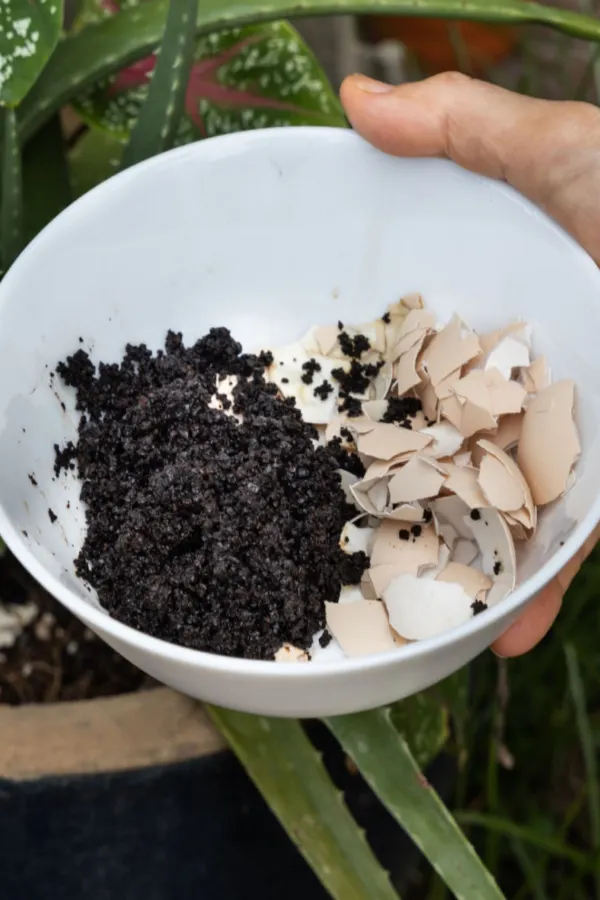
The biggest issue most gardeners have when trying to save coffee grounds until spring is mold. When piled into a bucket, the wet grounds will mold quite quickly. See: How To Save Egg Shells & Coffee Grounds In The Winter
However, by simply placing grounds into a resealable plastic bag and throwing it in the freezer, the grounds will keep all winter long. And by using a resealable bag, you can keep adding to it every day. It’s a great way to have plenty of grounds on hand when spring planting rolls around!
#4 – De-Icer For Walkways – 4 Great Ways To Recycle Coffee Grounds In The Winter
As crazy as it sounds, spent coffee grounds make a great de-icer for sidewalks and driveways. The nitrogen in the grounds can actually help melt snow and ice. In addition, the gritty texture of the grounds give great grip on slippery surfaces.
But perhaps best of all, unlike harsh salts or chemical options for snow melt, the coffee grounds won’t harm the soil or plants in nearby flowerbeds from runoff. In fact, it will only give them more power as they absorb into the soil!
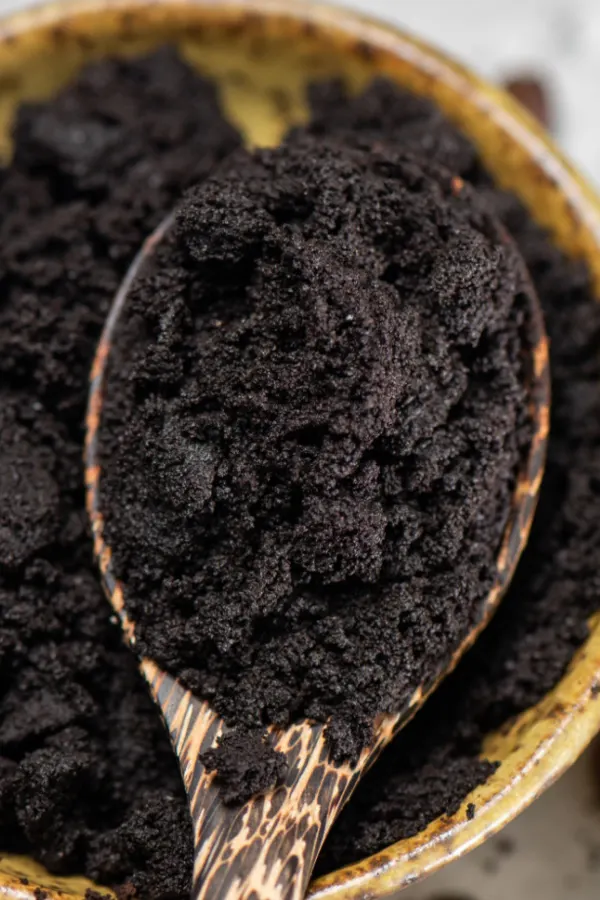
Here is to saving and recycling those coffee grounds this winter – and to growing better than ever, inside and out!
Follow Our Facebook Page For Even More Great Tips! Simple Garden Life Facebook Page
Simple Garden Life is a website dedicated to keeping gardening fun, simple and enjoyable! We publish two new articles each week along with a new garden podcast episode every two weeks. This article may contain affiliate links.
